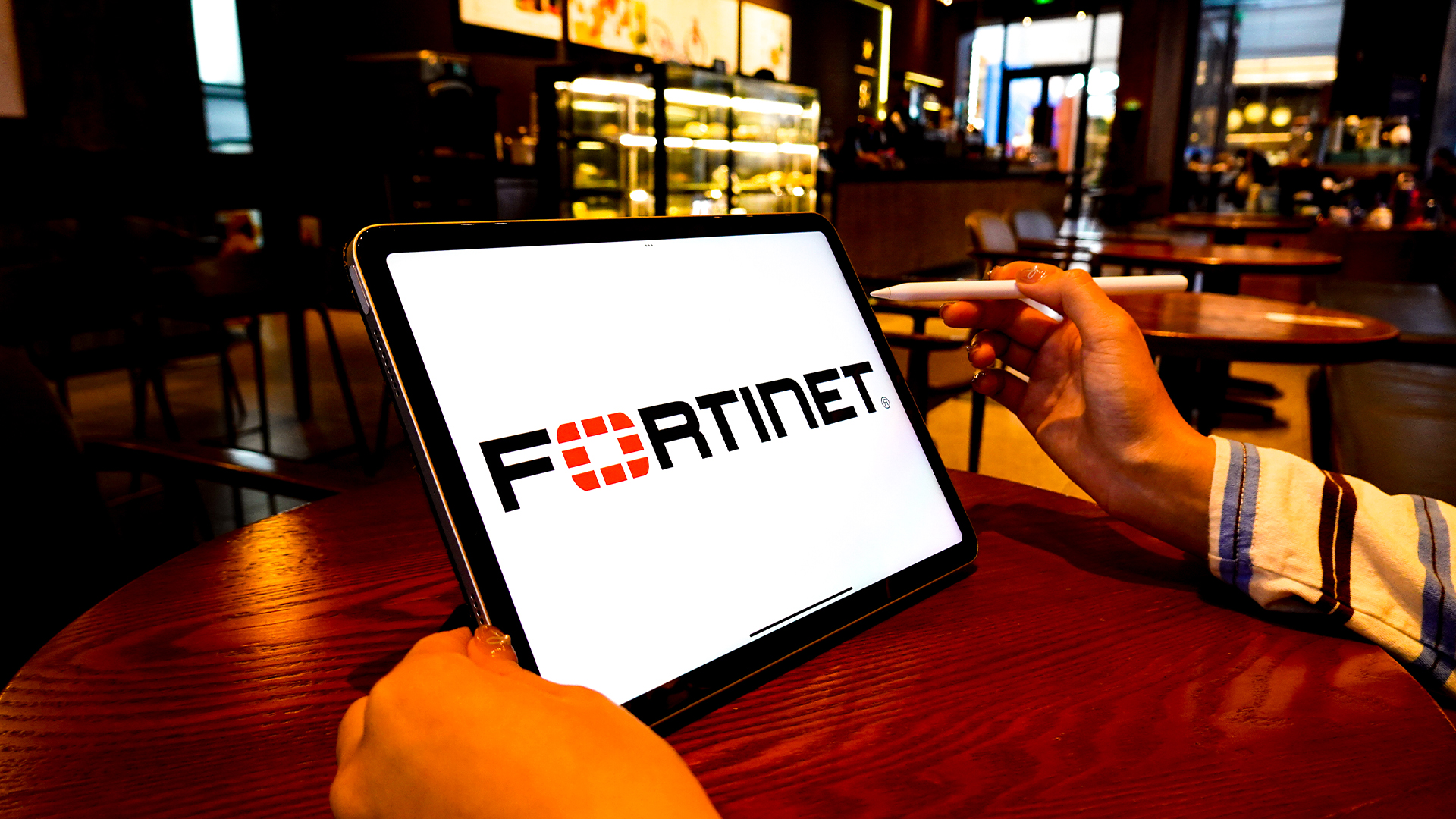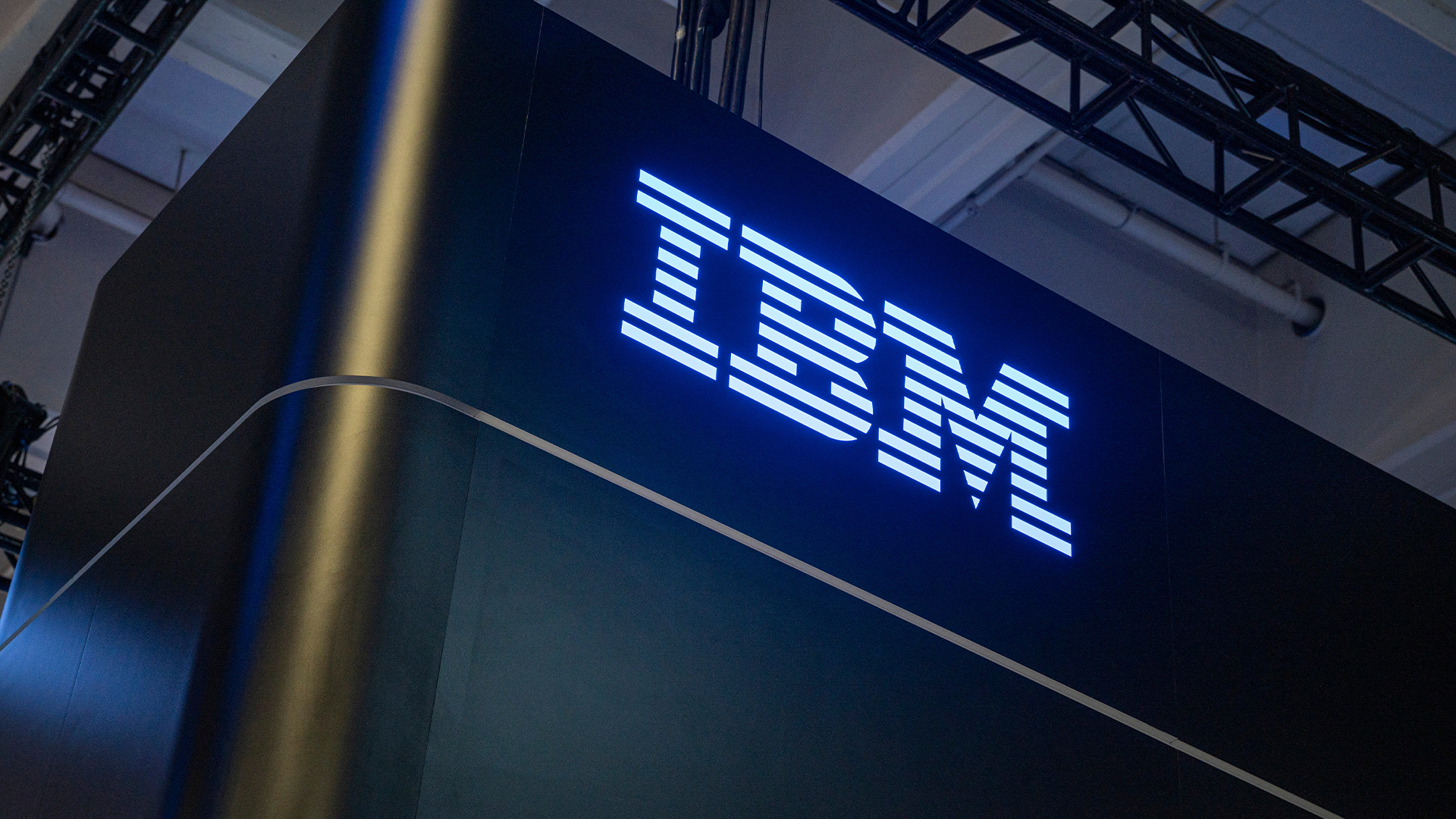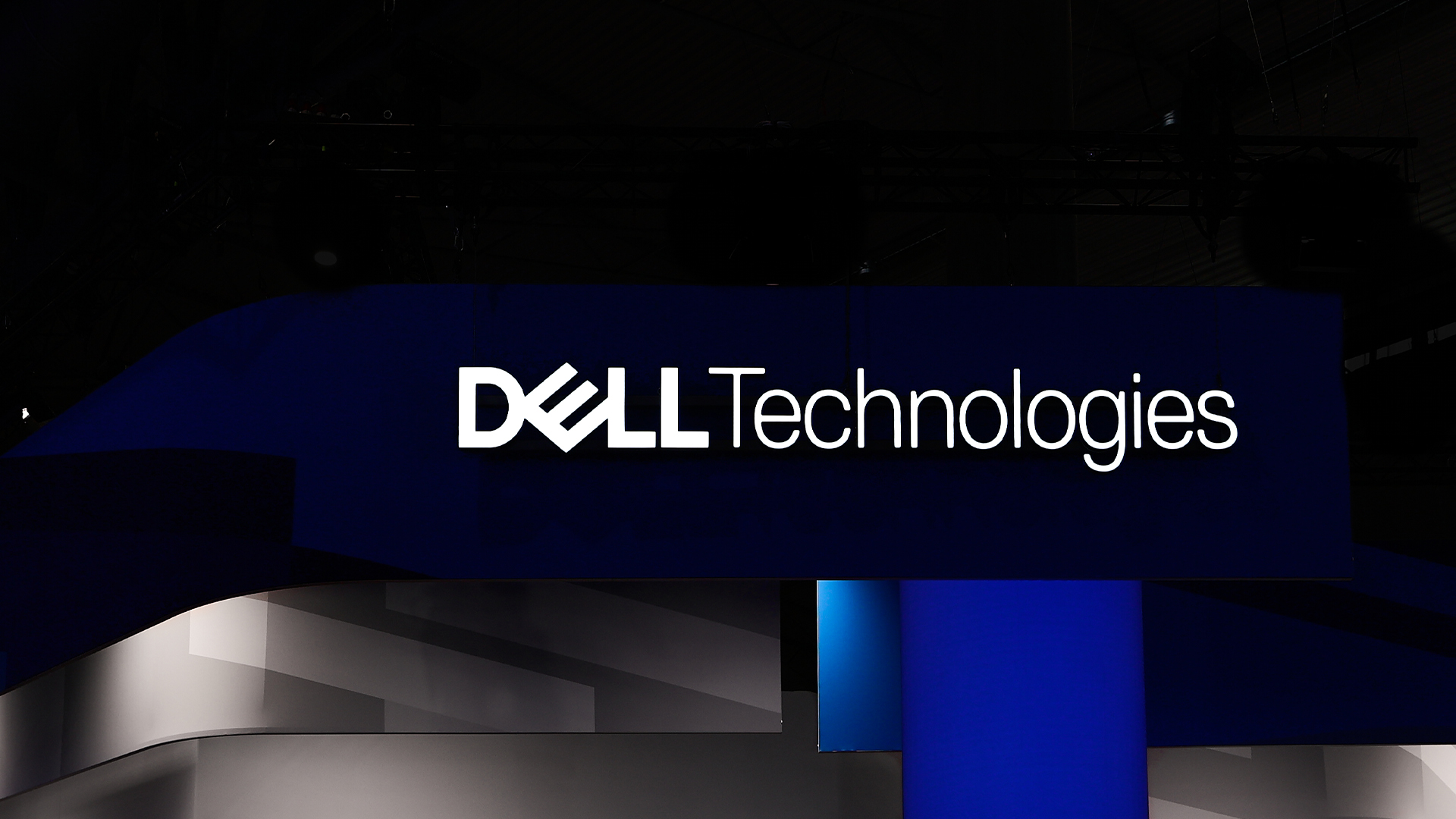Over two-thirds of companies still run software with WannaCry flaw
Four years have passed, and many systems still need patching


Four years after the global WannaCry and NotPetya ransomware attacks, two-thirds of companies still haven't patched the vulnerabilities that caused them, according to cloud network detection and response company ExtraHop.
The company investigated data from its Reveal(x) security platform in the first quarter of 2021 to determine which protocols its customers were running. It found that 88% of them were still running at least one device using SMBv1, which was a pivotal attack vector for the EternalBlue exploit used in the two ransomware attacks.
Although a single device could mean a company is maintaining it just for use by an attack team, a more worrying statistic was that 67% of companies are running over 10 SMBv1-enabled devices. Over two-thirds (37%) were running more than 50, and 31% of companies checked had over 100 SMBv1 devices on their networks.
The report also highlighted heavy use of two other protocols in Windows servers. The first, called Local Loop Multicast Name Resolution (LLMNR), is an alternative to DNS for resolving basic names within a private network. It has a similar problem to Windows' old NetBIOS naming service, in that it communicates with all clients on the network rather than a specific server.
That enables an attacker to listen for and reply to access requests, creating a race condition to harvest the client's hashed credentials if it establishes a conversation quickly enough. It can then decrypt those credentials, giving an attacker access to a client's network account, or use them in a pass-the-hash attack.
The other protocol, New Technology LAN Manager (NTLM) v1, is a decades-old network authentication mechanism that has long been obsolete. Nevertheless, over a third (34%) of companies have over 10 devices using it, ExtraHop said. Almost one in five (19%) had over 100 devices using the protocol, despite Microsoft advising people to stop using it altogether in favor of the more secure Kerberos system.
The report also found that few companies had embraced using TLS encryption over HTTP (HTTPS), which browser vendors have aggressively enforced. It found that 81% of enterprise environments were still using HTTP to send access credentials in plain text.
Sign up today and you will receive a free copy of our Future Focus 2025 report - the leading guidance on AI, cybersecurity and other IT challenges as per 700+ senior executives
ExtraHop said it analyzed over four petabytes of traffic each day in its investigation of online protocol usage.
Danny Bradbury has been a print journalist specialising in technology since 1989 and a freelance writer since 1994. He has written for national publications on both sides of the Atlantic and has won awards for his investigative cybersecurity journalism work and his arts and culture writing.
Danny writes about many different technology issues for audiences ranging from consumers through to software developers and CIOs. He also ghostwrites articles for many C-suite business executives in the technology sector and has worked as a presenter for multiple webinars and podcasts.
-
 Two Fortinet vulnerabilities are being exploited in the wild – patch now
Two Fortinet vulnerabilities are being exploited in the wild – patch nowNews Arctic Wolf and Rapid7 said security teams should act immediately to mitigate the Fortinet vulnerabilities
-
 Everything you need to know about Google and Apple’s emergency zero-day patches
Everything you need to know about Google and Apple’s emergency zero-day patchesNews A serious zero-day bug was spotted in Chrome systems that impacts Apple users too, forcing both companies to issue emergency patches
-
 Security experts claim the CVE Program isn’t up to scratch anymore — inaccurate scores and lengthy delays mean the system needs updated
Security experts claim the CVE Program isn’t up to scratch anymore — inaccurate scores and lengthy delays mean the system needs updatedNews CVE data is vital in combating emerging threats, yet inaccurate ratings and lengthy wait times are placing enterprises at risk
-
 IBM AIX users urged to patch immediately as researchers sound alarm on critical flaws
IBM AIX users urged to patch immediately as researchers sound alarm on critical flawsNews Network administrators should patch the four IBM AIX flaws as soon as possible
-
 Critical Dell Storage Manager flaws could let hackers access sensitive data – patch now
Critical Dell Storage Manager flaws could let hackers access sensitive data – patch nowNews A trio of flaws in Dell Storage Manager has prompted a customer alert
-
 Flaw in Lenovo’s customer service AI chatbot could let hackers run malicious code, breach networks
Flaw in Lenovo’s customer service AI chatbot could let hackers run malicious code, breach networksNews Hackers abusing the Lenovo flaw could inject malicious code with just a single prompt
-
 Industry welcomes the NCSC’s new Vulnerability Research Initiative – but does it go far enough?
Industry welcomes the NCSC’s new Vulnerability Research Initiative – but does it go far enough?News The cybersecurity agency will work with external researchers to uncover potential security holes in hardware and software
-
 Hackers are targeting Ivanti VPN users again – here’s what you need to know
Hackers are targeting Ivanti VPN users again – here’s what you need to knowNews Ivanti has re-patched a security flaw in its Connect Secure VPN appliances that's been exploited by a China-linked espionage group since at least the middle of March.


